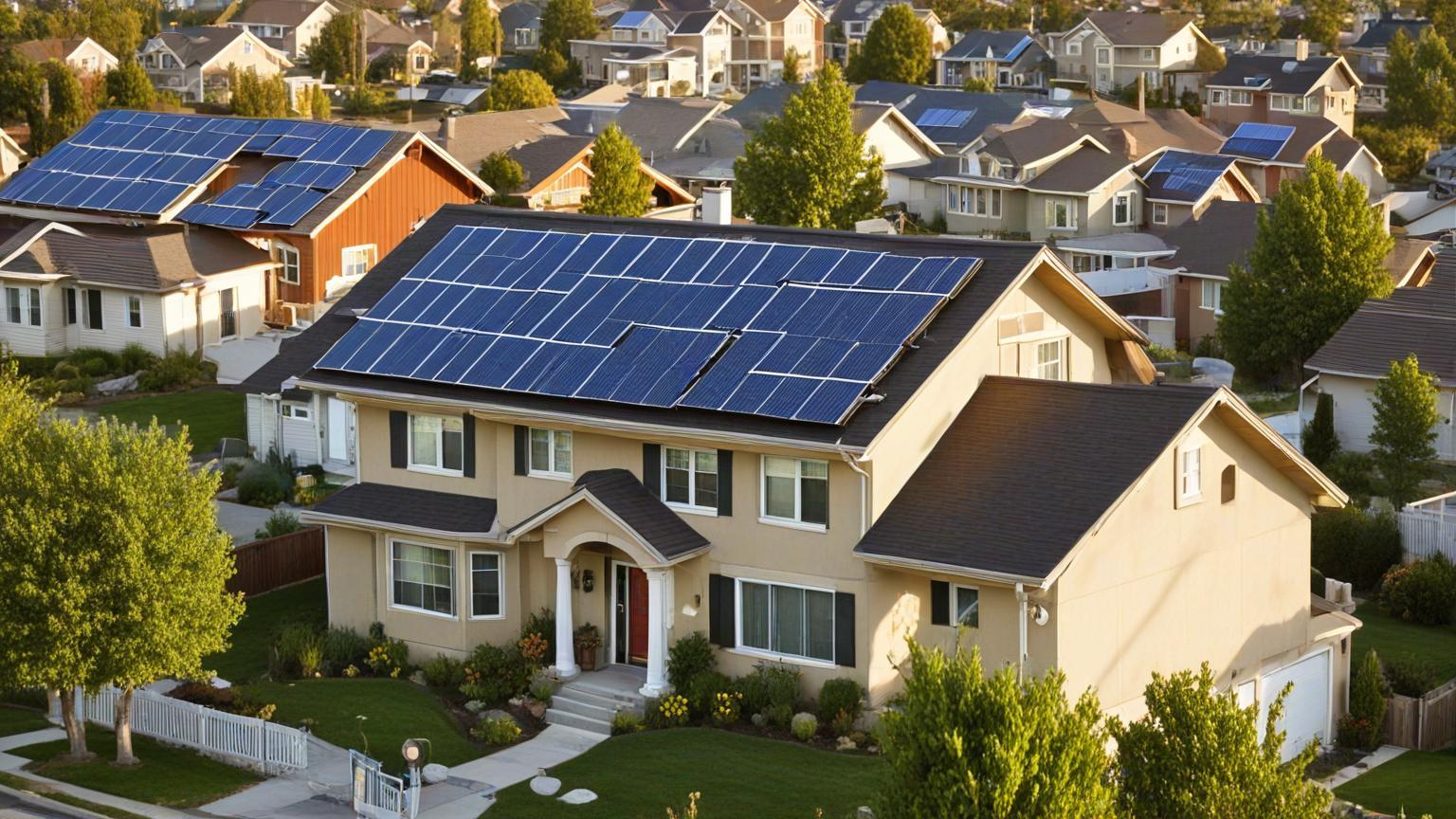In the rapidly expanding world of green energy, solar power stands out as one of the most accessible and effective methods for reducing carbon footprints and slashing electricity bills. As global climates shift and energy demands grow, homeowners are increasingly turning to solar options to power their lives sustainably. Yet, despite its popularity, the realm of residential solar investment remains fraught with myths and misconceptions. This article dives deep into the subject, offering a spotlight on the financial, environmental, and practical realities of becoming your own solar entrepreneur.
The first myth that must be dismantled is the notion that solar power is astronomically expensive and only viable for affluent homeowners. With technological advancements and government incentives proliferating, the barrier to entry has significantly lowered. The perception of initial outlay as prohibitive has been replaced by the long-term vision of cost savings and energy independence. Many financial institutions now offer attractive loans tailored specifically for solar installations, making it manageable for average homeowners to hop on the solar train.
One important financial tool that has garnered attention is the solar lease or power purchase agreement, collectively known as third-party ownership models. These options allow homeowners to reap the rewards of solar energy without the burden of upfront costs. Instead, a third-party invests in the solar installation and then sells the energy back to the homeowner at a reduced rate. This arrangement ensures cost savings while shifting maintenance and repair responsibilities to the solar provider.
However, purchasing solar panels can also be a prudent investment. Owning solar panels outright not only maximizes your financial benefits through tax rebates and incentives, but it also significantly increases the value of your property. According to several studies, homes equipped with solar technology are attractive prospects in the marketplace, often selling faster and at a premium compared to their non-solar counterparts.
Environmental benefits are also central to the discourse on home solar systems. The switch to solar not merely reduces personal utility bills but also contributes to the broader cause of reducing our reliance on fossil fuels. Solar panels generate electricity without polluting the environment, substantially helping to cut down greenhouse gas emissions. Over time, as more households transition to solar, the cumulative reduction in carbon emissions can make a profound impact on global climate objectives.
Apart from the economical and ecological advantages, solar technology offers a degree of control and resilience that is appealing in today’s unpredictable energy markets. Solar users are less vulnerable to fluctuating energy prices and are safeguarded against grid interruptions. The added benefit of energy storage systems allows homeowners to store surplus power generated during sunny periods for use during cloudy days or peak usage times, offering even greater autonomy.
Despite these compelling arguments, transitioning to solar should be met with thorough research and careful planning. Understanding your home’s specific energy needs, roof's suitability, and the local climate are essential steps for making an informed decision. Consulting with reputable solar installation companies and seeking customer reviews can provide indispensable insights.
In conclusion, home solar investment is more than just a financial decision––it’s a commitment to a sustainable future and a strategic move towards achieving independence from conventional energy systems. As prices continue to fall and technology advances, the transition to solar power is not just a possibility but a practical step that homeowners can take today. From sunshine to savings, the journey to solar energy might just be the transformative investment that pays dividends for generations to come.
From sunshine to savings: demystifying home solar investment

